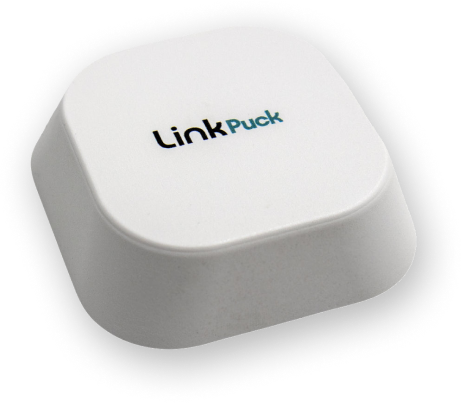Running with your dog is a great way for you both to stay happy and healthy. Did you know that your dog could be your best running buddy? Here's why. Dogs are always keen to spend more time with you, they have plenty of extra energy to burn after sleeping most of the day, and they don't complain. Dogs are the ultimate motivator - just one look at your pup waiting patiently at the door ready to go, will end any temptation to skip that run.
Before you start it's important to figure out what's the best type of running for your dog. Check with your vet who will be able to tell you based on your dog's breed, age and build, whether or not they will make a good running partner.
Here's how to get started: Learn how to walk before you run. Train your dog how to run with you. Even the most hyper of dogs may just need some coaching and time to get used to running beside you. Before any outings take place, make sure your dog behaves properly when on walks with you. Leashing pulling is a big no-no.
Grown ups only: Wait until your pup is fully grown before starting to run with them on pavement. This can cause damage to the cartilage in their legs. Think about it - you wouldn't suddenly decide to go for a 5K run with no build-up. Just like humans, dogs need some time to build up their stamina. Trying to do too much too quickly just increases the risk of injury. Start out by mixing up your jogging with some walking and take plenty of breaks.
Warming up: Include your dog in your warm-up by starting out with some slow jogging to get those juices flowing for you both.
No tickety: If you are running in wooded areas or along trails with long grass be mindful of ticks and make sure your dog's tick prevention medications are up to date. After any run in areas with woods or long grass, remember to check yourself and your dog for ticks or bites. If you think your dog has been bitten, get in touch with your vet.
Keep them on a short leash: Anything longer than a 4-6 foot leash is trouble you don't need. Experts will tell you that the optimal running position is to have their nose even with your knee, with your arm straight holding their leash by the collar.
Stay hydrated: When starting out we recommend taking a short water break every 10-15 minutes until you know how much water your dog needs when running. This is especially important during hot weather. Make sure you bring enough water for you both before you leave and bring a collapsible bowl or bottle your dog can easily drink from.
Happy feet: Where possible plan to run on softer surfaces like in parks or on trails. Too much running on hard surfaces is not good for either of your joints. After every run look at your dog's paws for any cuts or other injuries. During cold weather pay special attention to surfaces that may have been salted to remove snow or ice. Think about it - you wouldn't run on salted pavement in your bare feet so you shouldn't expect your dog to. Don't be afraid to put booties on their feet!
Don't overdo it: Your dog will tell you when he's had enough. Look for signs of overexertion like excessive panting, drooling, and lethargy. You know your dog best, so if anything is out of the ordinary don't force it. A relaxing walk through your favorite park or hiking trail is a great substitute and will of course, make their day.





